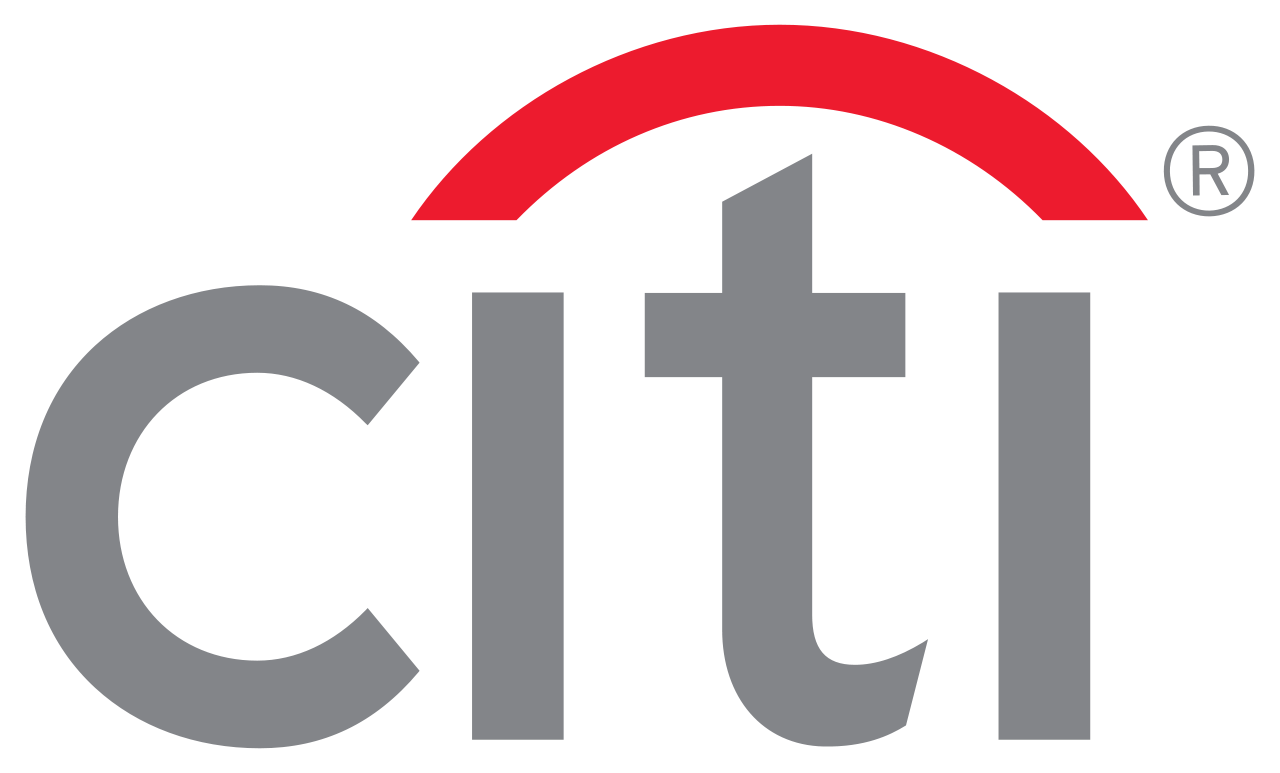How Transformative CEOs Lead in a Crisis
16.12.2020Company: BCG - The Boston Consulting Group
The COVID-19 pandemic has changed many aspects of business, but one thing that hasn’t changed is the urgent need for companies to transform. In fact, the crisis has underscored that need. Most organizations have already launched rapid measures in response to the situation. The challenge now is to build on these measures and develop longer-term, comprehensive initiatives to reposition the company for the future—which may feel like a permanent state of emergency.
BCG’s experience with more than 750 successful transformations helped us define five traits that will enable CEOs to lead more successful transformations. These insights have been tested across a range of economic conditions, including growth markets, recessions, and periods of turmoil. They should head the agenda of any CEO facing or implementing a transformation—in other words, every CEO.
A PROVEN SET OF MEASURES
We initially developed the five traits of transformative CEOs in 2018. Since then, much has evolved in the business world, including political uncertainty in Europe and the ever-escalating tension between the US and China. The collective impact of these changes increased the pressure on companies and leadership teams—and the novel coronavirus dramatically compounded the burden. As a result, many companies across industries and geographic markets now need to stabilize revenue, unlock growth through new digital sales channels, and reduce costs. Most important, they need to embed digital in all aspects of operations and commercial functions and become more agile. Transformation is the vehicle to address these issues, but executing a transformation has never been tougher.
CEOs that use a reliable set of measures for transformation can help their companies stabilize revenue, unlock growth, reduce costs, and become more agile.
Given that broad challenge, CEOs need a reliable set of measures to use when developing and implementing change. Transformative CEOs share the following traits.
They take decisive action quickly and launch a formal transformation program. Most companies have already launched initiatives—reducing costs, testing e-commerce models, stabilizing supply chains, and using technology to improve communication and engagement with both employees and customers—to respond to the pandemic, building cross-functional teams that have accomplished impressive feats amid significant uncertainty. Now, CEOs must quickly build on those baseline actions by taking bolder measures. Our research shows that, historically, 57% of companies launch a comprehensive transformation program within one year of experiencing a severe reduction in TSR. Such decisive actions have led to increased chances of success in both the short term and the long term.
Formal transformation programs with coordinated targets, actions, and milestones boost investors’ confidence, leading to an increased valuation relative to earnings. A well-managed program delivers more quickly, ensures discipline, includes actions to build up needed capabilities, and establishes effective communication both within and outside the organization.
Notably, an economic downturn isn’t a reason to put off necessary changes. Instead, it can serve as a proving ground for management. BCG research shows that although a sizable share of companies during the past four US downturns saw reductions in both their top lines and their bottom lines, a set of top performers managed to generate increases in both dimensions. (See Exhibit 1.)

More information here.
Tags: Finance |








